Home>Gardening & Outdoor>Landscaping Ideas>How To Help Bermuda Grass Spread
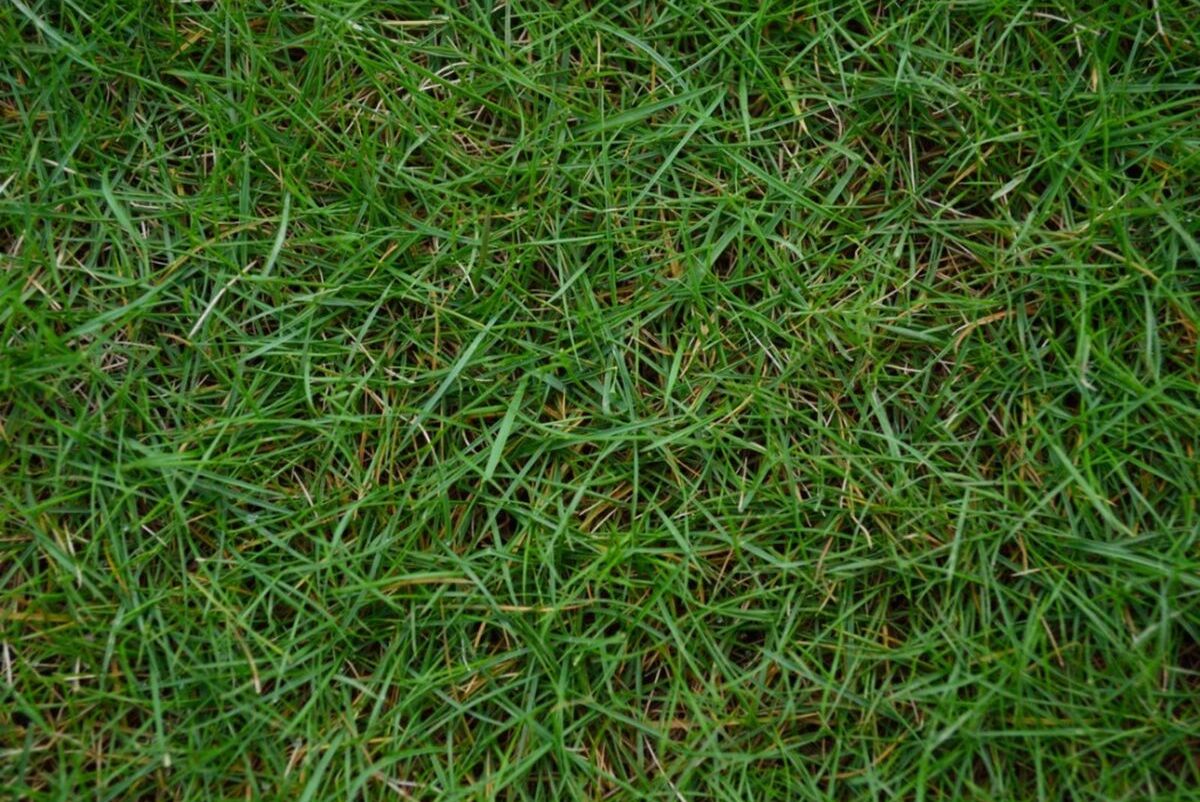

Landscaping Ideas
How To Help Bermuda Grass Spread
Modified: March 29, 2024
Learn effective landscaping ideas to help Bermuda grass spread and thrive in your lawn. Discover expert tips and techniques for optimal grass growth.
(Many of the links in this article redirect to a specific reviewed product. Your purchase of these products through affiliate links helps to generate commission for Storables.com, at no extra cost. Learn more)
Introduction
Welcome to the world of Bermuda grass, where lush green lawns and vibrant landscapes await. If you're looking to transform your outdoor space into a verdant oasis, understanding how to help Bermuda grass spread is key to achieving a picturesque and resilient lawn. Whether you're a seasoned gardener or just starting your landscaping journey, this comprehensive guide will equip you with the knowledge and techniques to foster the growth and spread of Bermuda grass effectively.
Bermuda grass, scientifically known as Cynodon dactylon, is a warm-season grass celebrated for its durability, drought resistance, and rapid spread. Its adaptability to various soil types and climates makes it a popular choice for lawns, parks, and athletic fields. With proper care and maintenance, Bermuda grass can thrive and spread vigorously, creating a luxurious carpet of greenery that enhances the beauty of any outdoor environment.
In this guide, we will delve into the essential aspects of nurturing Bermuda grass, from understanding its unique characteristics to providing optimal growing conditions, implementing proper watering and fertilization techniques, and managing potential challenges such as weeds and pests. By gaining insights into these fundamental elements, you'll be well-equipped to promote the healthy growth and expansion of Bermuda grass, ultimately transforming your outdoor space into a breathtaking retreat.
Embark on this horticultural journey with an open mind and a passion for cultivating natural beauty. Together, let's unlock the secrets to fostering the spread of Bermuda grass and elevate your landscaping endeavors to new heights.
Key Takeaways:
- Bermuda grass thrives in full sun and requires deep, infrequent watering to spread vigorously. Proper soil preparation and fertilization are crucial for creating optimal growing conditions.
- To promote Bermuda grass spread, overseeding with high-quality grass seed and implementing proactive weed and pest control measures are essential for maintaining a lush and resilient lawn.
Read more: How Fast Will Bermuda Grass Spread
Understanding Bermuda Grass
Before diving into the intricacies of promoting Bermuda grass spread, it's essential to grasp the unique attributes of this resilient and versatile grass species. Bermuda grass, native to Africa, has earned its reputation as a top choice for lawns and recreational areas due to its exceptional adaptability and robust growth habits.
One of the defining characteristics of Bermuda grass is its ability to spread rapidly through aboveground stolons and belowground rhizomes. These specialized stems and roots enable Bermuda grass to establish a dense and interconnected network, facilitating its expansion across the landscape. The aggressive spreading nature of Bermuda grass makes it well-suited for filling in bare patches and creating a seamless carpet of greenery.
Furthermore, Bermuda grass exhibits remarkable tolerance to heat, drought, and foot traffic, making it an ideal candidate for high-traffic areas such as sports fields and golf courses. Its fine-textured blades and vibrant green hue contribute to its visual appeal, enhancing the aesthetic quality of any outdoor space.
It's important to note that Bermuda grass thrives in full sun and is less suitable for shaded areas, requiring at least 6 to 8 hours of direct sunlight daily to maintain its vigor and spread effectively. Understanding the specific sunlight requirements of Bermuda grass is crucial for selecting the right locations for planting and ensuring its successful proliferation.
By familiarizing yourself with the growth habits, environmental preferences, and resilience of Bermuda grass, you'll gain a deeper appreciation for its remarkable qualities. This understanding will serve as a solid foundation for implementing strategies to encourage the healthy spread and flourishing growth of Bermuda grass in your outdoor landscape.
Providing Ideal Growing Conditions
To nurture the spread of Bermuda grass effectively, creating optimal growing conditions is paramount. Bermuda grass thrives in warm climates and exhibits exceptional tolerance to heat, making it well-suited for regions with hot summers. When establishing ideal growing conditions for Bermuda grass, consider the following factors:
- Sunlight: Bermuda grass flourishes in full sun, requiring at least 6 to 8 hours of direct sunlight daily. Select open, unobstructed areas for planting to ensure ample sunlight exposure for robust growth and spread.
- Soil Type: Bermuda grass adapts well to a variety of soil types, including sandy, loamy, or clay soils. However, it thrives in well-drained soil with a slightly acidic to neutral pH level. Conduct a soil test to assess the pH and nutrient levels, amending the soil as needed to create an optimal growing environment.
- Air Circulation: Good air circulation is essential for preventing disease and promoting healthy growth. Avoid planting Bermuda grass in congested or poorly ventilated areas to minimize the risk of fungal infections and other issues.
In addition to these factors, proper soil preparation is crucial for establishing a solid foundation for Bermuda grass to proliferate. Clear the planting area of debris, rocks, and weeds, and till the soil to a depth of 4 to 6 inches to promote root penetration and establishment. Incorporating organic matter, such as compost or well-rotted manure, into the soil can enhance its structure and fertility, providing an advantageous environment for Bermuda grass growth.
By meticulously attending to these critical aspects of creating ideal growing conditions, you can lay the groundwork for the successful establishment and spread of Bermuda grass. The next steps involve implementing proper watering techniques, fertilization strategies, and overseeding practices to further support the flourishing growth of Bermuda grass in your outdoor landscape.
Proper Watering Techniques
Water is a vital component in the life cycle of Bermuda grass, and employing proper watering techniques is essential for promoting its spread and overall health. To optimize water usage and encourage deep root growth, consider the following guidelines for watering Bermuda grass:
- Deep Watering: Rather than frequent shallow watering, aim to provide infrequent but deep watering sessions. This encourages the development of deep, resilient roots that can better withstand drought conditions and contribute to the vigorous spread of Bermuda grass.
- Early Morning Watering: Schedule watering sessions in the early morning to minimize water loss due to evaporation and ensure that the grass blades have ample time to dry before nightfall, reducing the risk of fungal diseases.
- Monitor Soil Moisture: Regularly assess the moisture level of the soil to determine when irrigation is necessary. Avoid overwatering, as excessively moist conditions can lead to shallow root growth and make the grass more susceptible to stress and disease.
When establishing a new Bermuda grass lawn, it’s crucial to provide consistent moisture to support germination and initial growth. After seeding or laying sod, maintain slightly moist soil by watering lightly multiple times a day until the grass is well-established. Once the grass has taken root, gradually transition to the deep watering schedule to encourage robust root development and expansive spread.
During periods of drought or prolonged dry spells, it’s important to supplement natural rainfall with irrigation to sustain the health and growth of Bermuda grass. However, be mindful of local water restrictions and conservation practices, and strive to use water efficiently while meeting the needs of your lawn.
By implementing these proper watering techniques, you can optimize the moisture management of your Bermuda grass lawn, fostering its resilience and promoting vigorous spread. The next step in cultivating a thriving Bermuda grass landscape involves understanding the role of fertilization in enhancing its growth and overall vitality.
To help Bermuda grass spread, regularly aerate the soil to reduce compaction, overseed with Bermuda grass seeds, and provide adequate water and sunlight for optimal growth.
Fertilizing Bermuda Grass
Fertilization plays a pivotal role in providing essential nutrients to Bermuda grass, fueling its growth and promoting the lush spread of vibrant greenery. By understanding the key principles of fertilizing Bermuda grass, you can optimize its nutritional intake and bolster its resilience. Consider the following guidelines for effective fertilization:
- Soil Testing: Conduct a soil test to assess the nutrient levels and pH of the soil. This valuable information will guide you in selecting the appropriate fertilizer and determining the specific nutrient requirements of your Bermuda grass.
- Choose the Right Fertilizer: Select a high-quality, balanced fertilizer specifically formulated for Bermuda grass. Look for a fertilizer with a nitrogen-phosphorus-potassium (N-P-K) ratio tailored to the needs of Bermuda grass, such as a 3-1-2 or 4-1-2 ratio.
- Seasonal Application: Apply fertilizer in accordance with the specific growth stages of Bermuda grass. In the spring, use a nitrogen-rich fertilizer to promote vigorous growth and green color. During the summer, consider a slow-release fertilizer to sustain the grass through the heat. In the fall, a balanced fertilizer can support root development and prepare the grass for winter dormancy.
When applying fertilizer, ensure even distribution and follow the manufacturer’s recommendations regarding application rates and frequency. It’s advisable to use a rotary or drop spreader for uniform coverage, minimizing the risk of over-fertilization in certain areas.
After fertilization, thoroughly water the lawn to facilitate the absorption of nutrients into the soil and promote their uptake by the grass roots. This step is crucial for maximizing the effectiveness of the fertilizer and ensuring that Bermuda grass receives the nourishment it needs to thrive and spread vigorously.
By adhering to these fertilization best practices, you can fortify the nutrient profile of your Bermuda grass lawn, bolstering its growth and resilience while encouraging its expansive spread. The next step in nurturing a flourishing Bermuda grass landscape involves understanding the concept of overseeding and its role in rejuvenating and thickening the grass cover.
Overseeding
Overseeding is a beneficial practice that involves sowing grass seed over an existing lawn to rejuvenate its appearance, improve its density, and introduce new grass varieties. When applied to Bermuda grass lawns, overseeding can contribute to a lusher, more resilient turf with enhanced visual appeal. Consider the following factors and guidelines for successful overseeding of Bermuda grass:
- Timing: Optimal timing is crucial for successful overseeding. In regions with warm-season grasses like Bermuda grass, the ideal time for overseeding is during the late spring or early summer when soil temperatures are consistently warm, promoting rapid seed germination and establishment.
- Seed Selection: Choose high-quality Bermuda grass seed varieties that are well-suited for overseeding. Select seeds that are compatible with your existing Bermuda grass and the local climate, ensuring a seamless integration and cohesive appearance after overseeding.
- Preparation: Before overseeding, mow the existing Bermuda grass to a shorter height to facilitate seed-to-soil contact and enhance seed germination. Additionally, dethatching the lawn and aerating the soil can create an optimal environment for seed germination and establishment.
When overseeding Bermuda grass, evenly distribute the grass seed using a broadcast spreader, ensuring comprehensive coverage of the lawn. After seeding, lightly rake the area to incorporate the seeds into the soil at a depth of 1/4 inch or less, promoting successful germination and establishment.
Following overseeding, maintain consistent soil moisture to support seed germination and initial growth. Adequate watering is essential during this phase, as it facilitates the establishment of new grass seedlings and contributes to the overall success of the overseeding process.
Overseeding presents an opportunity to introduce improved grass varieties, enhance the resilience of the lawn, and rejuvenate the overall appearance of the Bermuda grass landscape. By following these guidelines and best practices, you can leverage the benefits of overseeding to achieve a denser, more vibrant Bermuda grass lawn that enhances the beauty of your outdoor environment.
Controlling Weeds and Pests
Effective weed and pest control is essential for maintaining the health and aesthetic appeal of Bermuda grass lawns. By implementing proactive measures and targeted strategies, you can safeguard your lawn against invasive weeds and destructive pests, fostering the unhindered spread and vitality of the Bermuda grass. Consider the following approaches to weed and pest control:
- Weed Management: Regularly inspect the lawn for signs of weeds and promptly address any emerging issues. Utilize pre-emergent herbicides specifically formulated for Bermuda grass to prevent weed seeds from germinating, reducing the likelihood of weed infestations.
- Post-emergent Control: In the event of weed growth, employ selective herbicides designed to target specific weed species while preserving the integrity of Bermuda grass. Carefully follow the application instructions to minimize the impact on desirable vegetation.
- Cultural Practices: Implement cultural practices that promote the vigor of Bermuda grass and inhibit weed proliferation. These practices may include maintaining the appropriate mowing height, promoting healthy soil conditions, and addressing any bare or thin areas that may be susceptible to weed encroachment.
When it comes to pest management, vigilance is key to identifying potential threats and taking timely action to mitigate their impact on the lawn. Common pests that may affect Bermuda grass include chinch bugs, armyworms, and grubs, among others. Consider the following pest control measures:
- Regular Monitoring: Routinely inspect the lawn for signs of pest activity, such as discolored or damaged grass, and take note of any unusual patterns or behaviors exhibited by the grass.
- Integrated Pest Management: Embrace an integrated approach to pest control, incorporating cultural, biological, and chemical methods as needed to manage pest populations while minimizing environmental impact.
- Timely Intervention: If pest infestations are detected, consider targeted pesticide applications or biological control methods to address the specific pest species while safeguarding the overall health of the Bermuda grass.
By prioritizing proactive weed and pest control measures, you can preserve the integrity and vitality of your Bermuda grass lawn, allowing it to spread and thrive without the encumbrance of invasive weeds or damaging pests. With a comprehensive approach to weed and pest management, you can nurture a resilient and visually captivating Bermuda grass landscape that enriches your outdoor environment.
Conclusion
Congratulations on embarking on a journey to unlock the full potential of Bermuda grass and transform your outdoor space into a lush and inviting haven. By delving into the intricacies of promoting Bermuda grass spread, you’ve gained valuable insights into the essential practices and techniques that contribute to the flourishing growth and resilience of this remarkable grass species.
Understanding the unique characteristics of Bermuda grass, from its rapid spreading nature to its heat and drought tolerance, has provided a solid foundation for nurturing its expansion across your landscape. By providing optimal growing conditions, including ample sunlight, well-drained soil, and good air circulation, you’ve laid the groundwork for the successful proliferation of Bermuda grass.
Implementing proper watering techniques, fertilization strategies, and overseeding practices has further bolstered the health and vitality of your Bermuda grass, contributing to its lush spread and visual appeal. By embracing proactive weed and pest control measures, you’ve safeguarded the integrity of your lawn, allowing Bermuda grass to thrive without the encumbrance of invasive weeds or damaging pests.
As you continue to apply these principles and techniques in your landscaping endeavors, remember that patience and consistent care are key to fostering the ongoing spread and resilience of Bermuda grass. Embrace the evolving beauty of your landscape and revel in the rewards of your dedicated efforts as you witness the luxuriant spread of Bermuda grass, transforming your outdoor environment into a captivating retreat for relaxation and recreation.
May your Bermuda grass continue to flourish and inspire, serving as a testament to the harmonious coexistence of nature and human cultivation within your outdoor sanctuary. Embrace the journey, savor the moments, and revel in the ever-expanding allure of your Bermuda grass landscape.
Frequently Asked Questions about How To Help Bermuda Grass Spread
Was this page helpful?
At Storables.com, we guarantee accurate and reliable information. Our content, validated by Expert Board Contributors, is crafted following stringent Editorial Policies. We're committed to providing you with well-researched, expert-backed insights for all your informational needs.



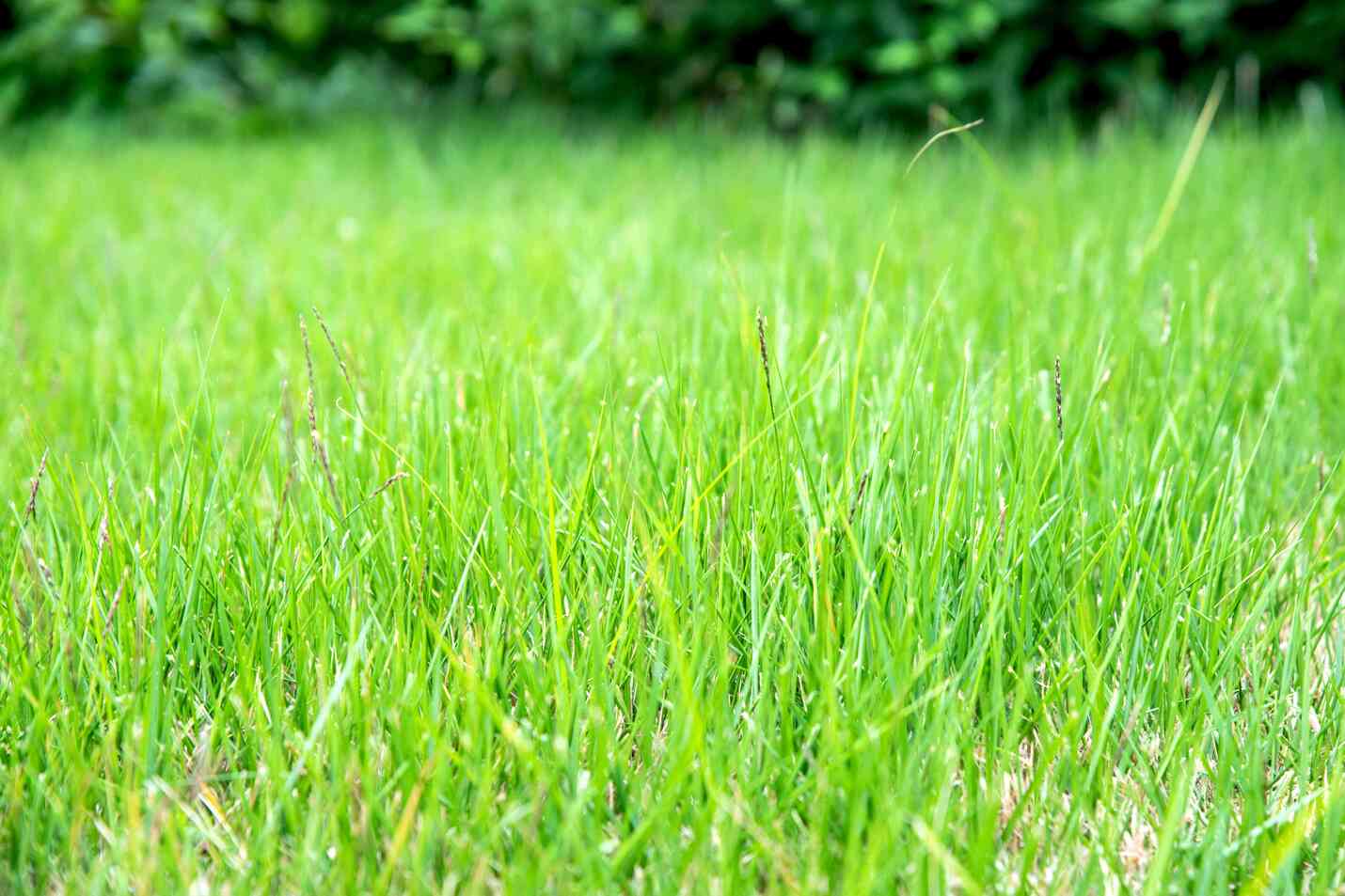
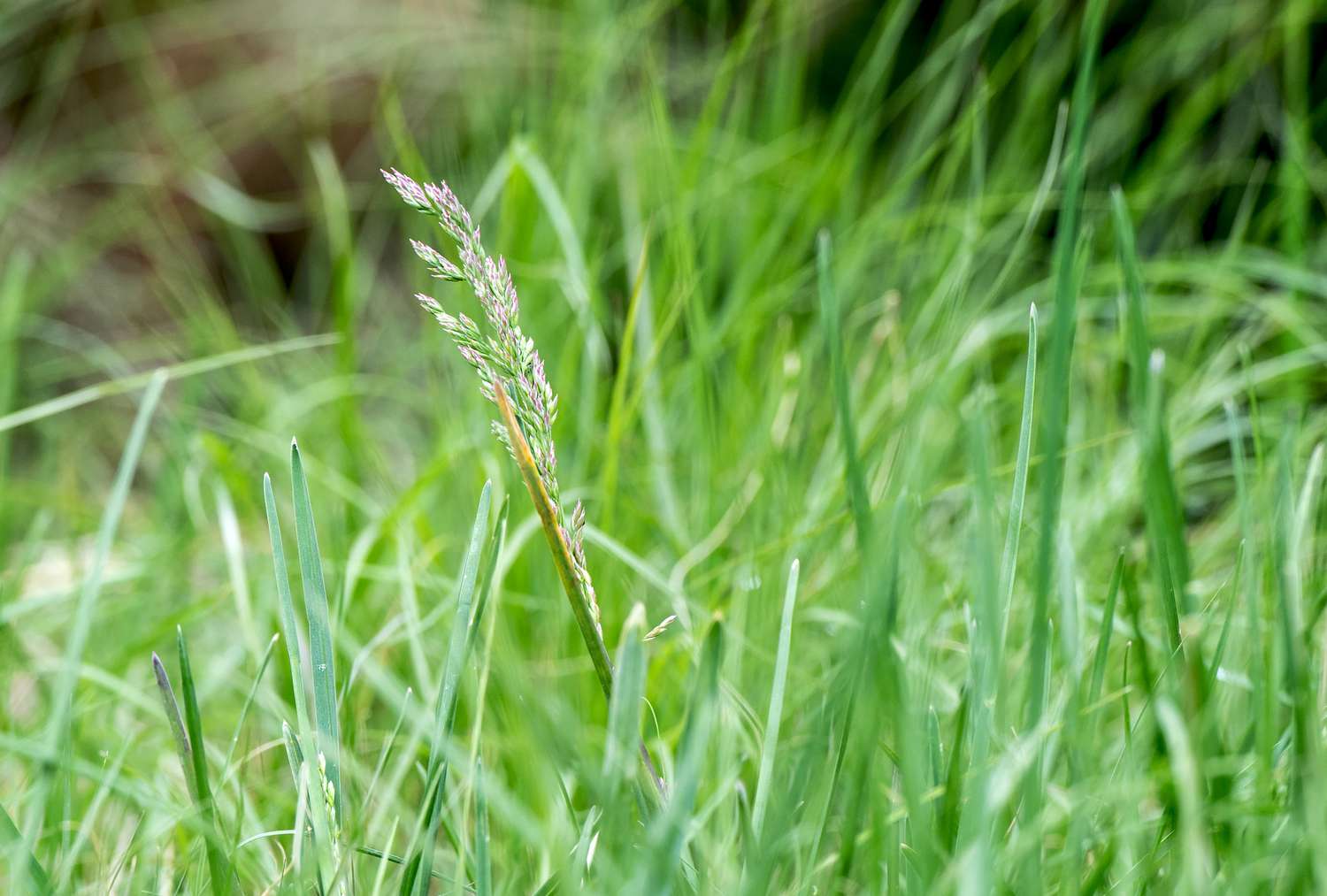
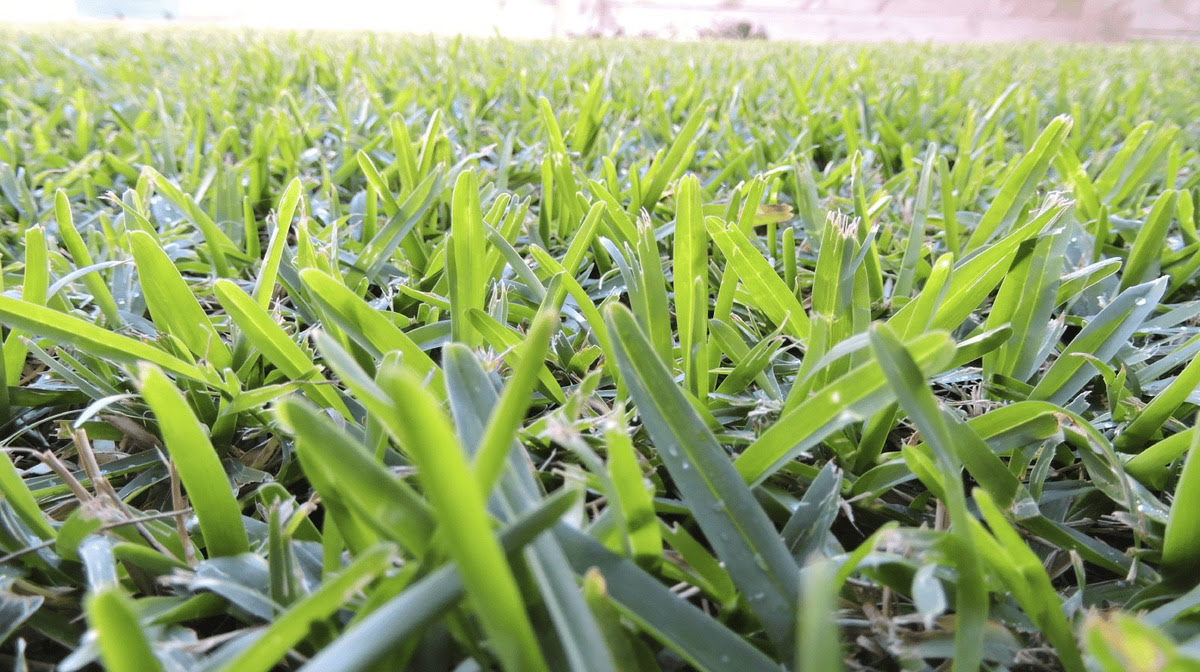
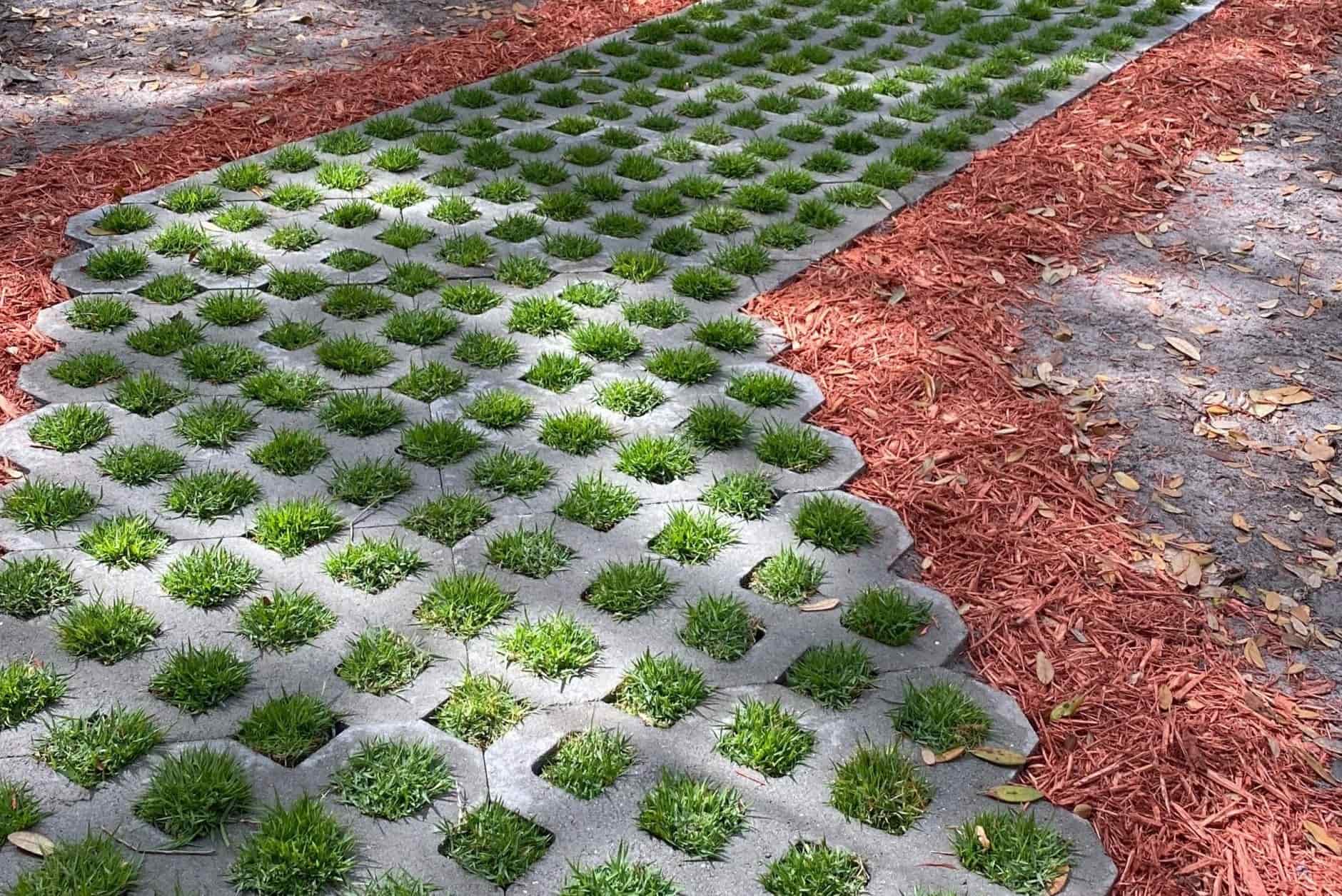
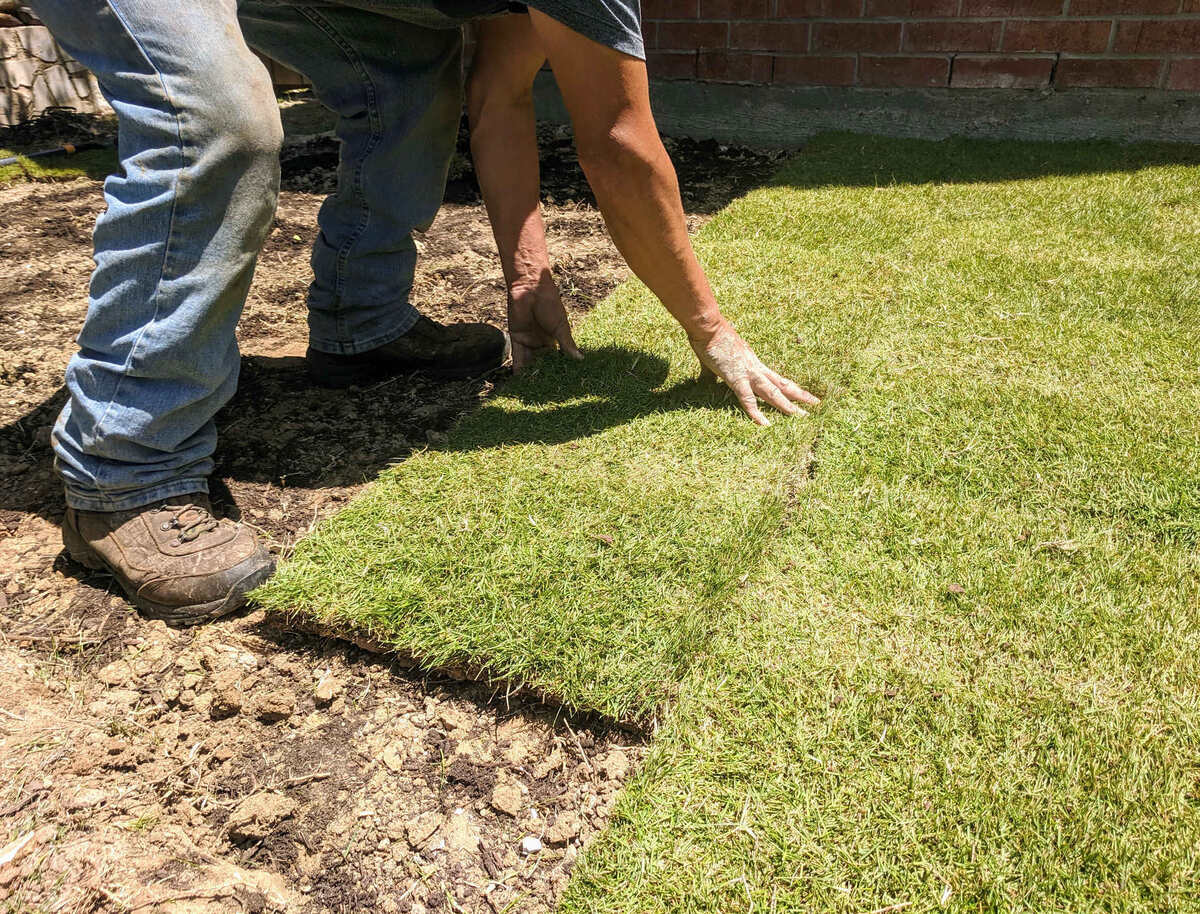
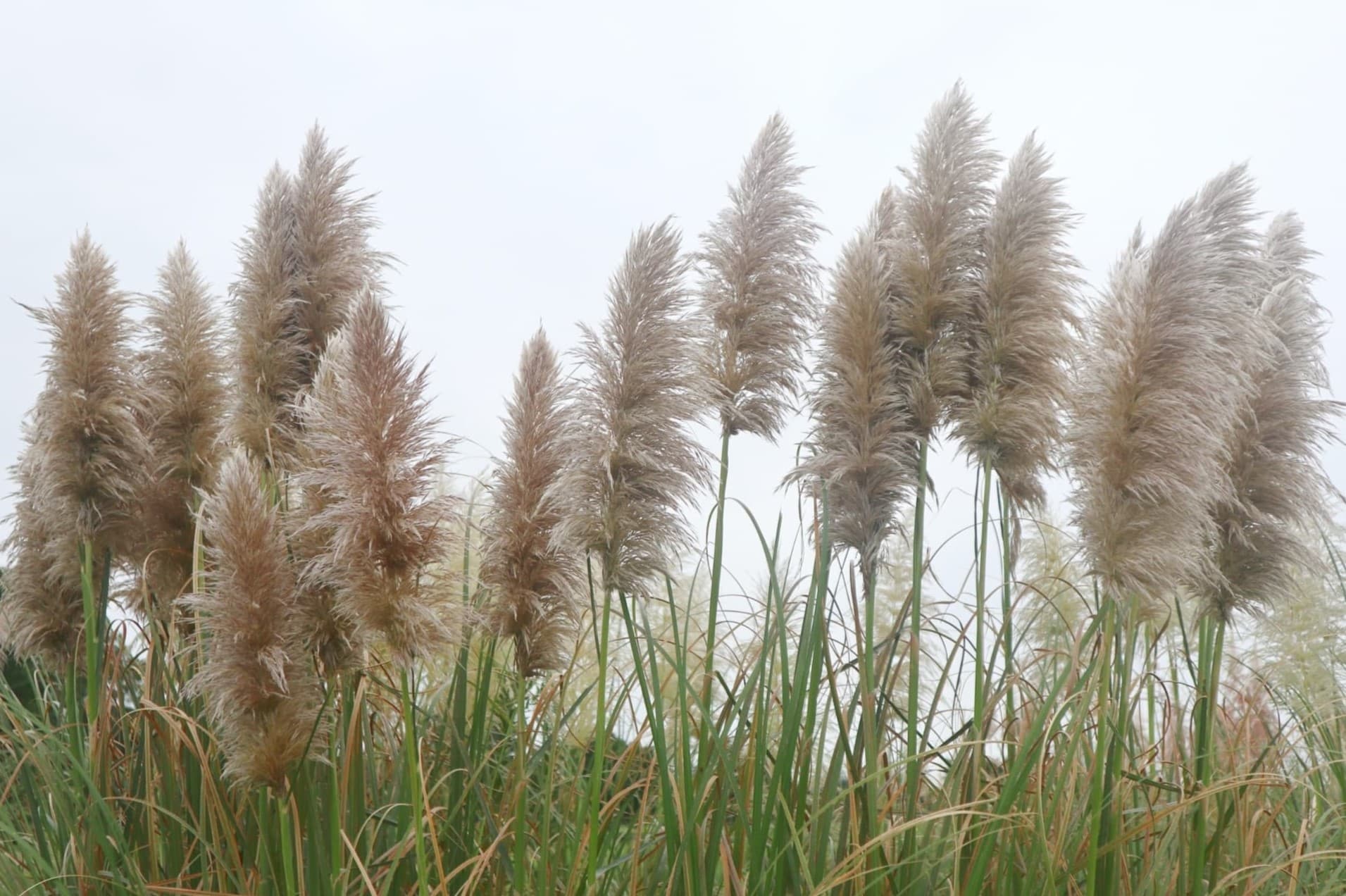
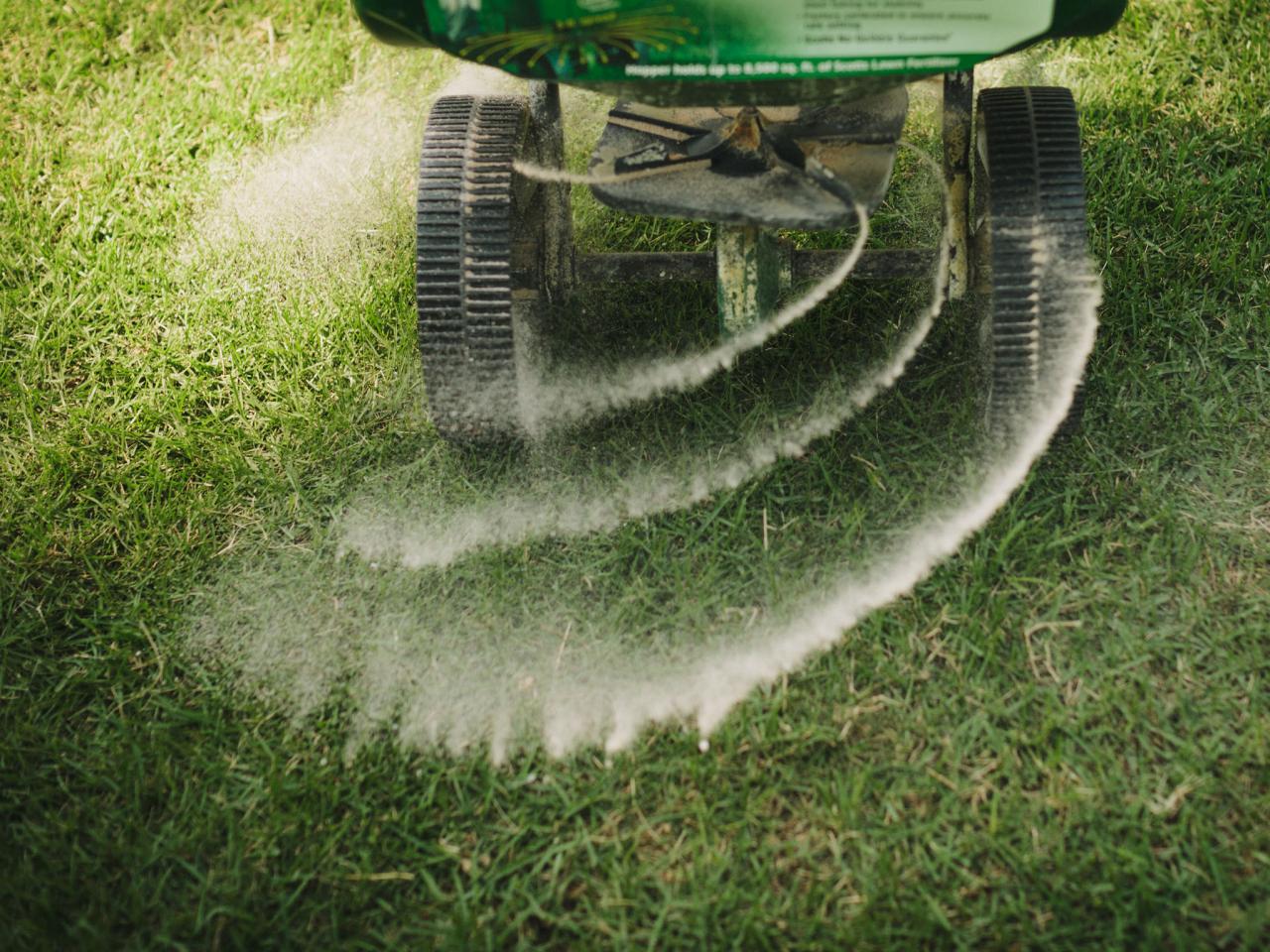
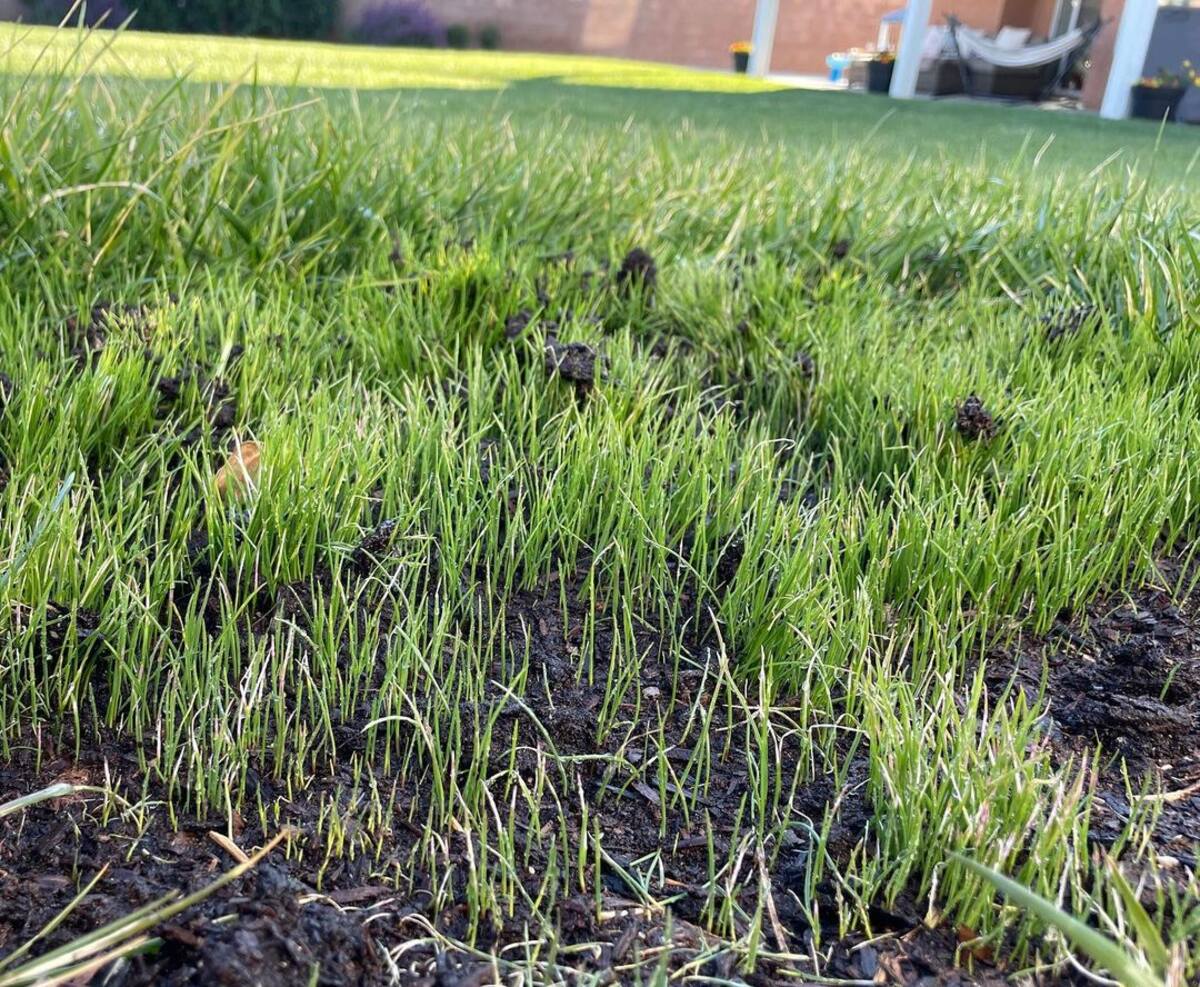
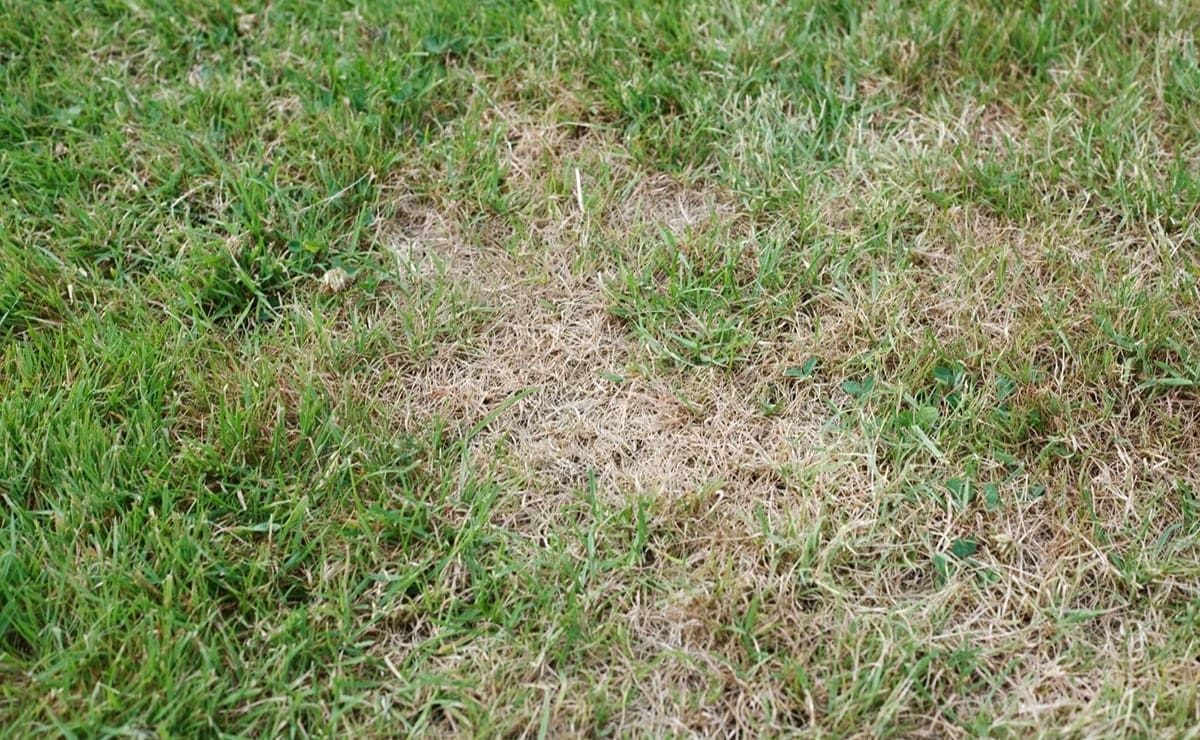
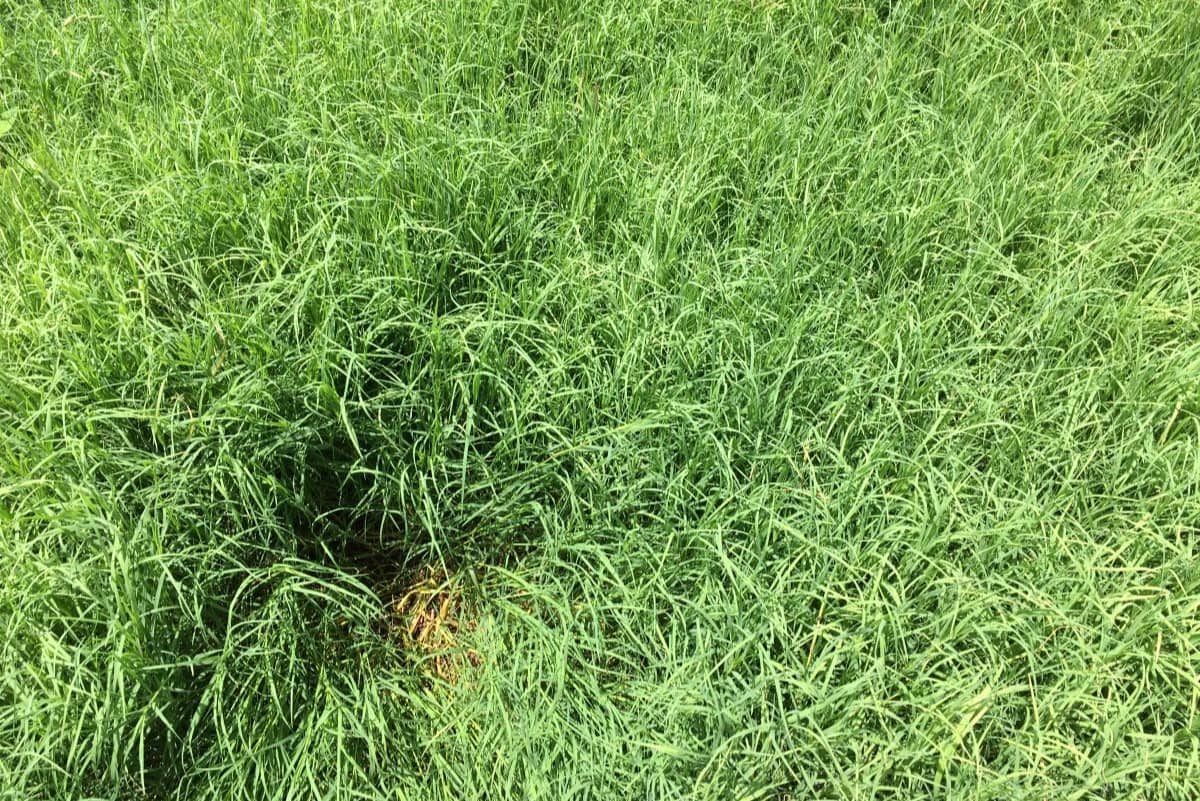
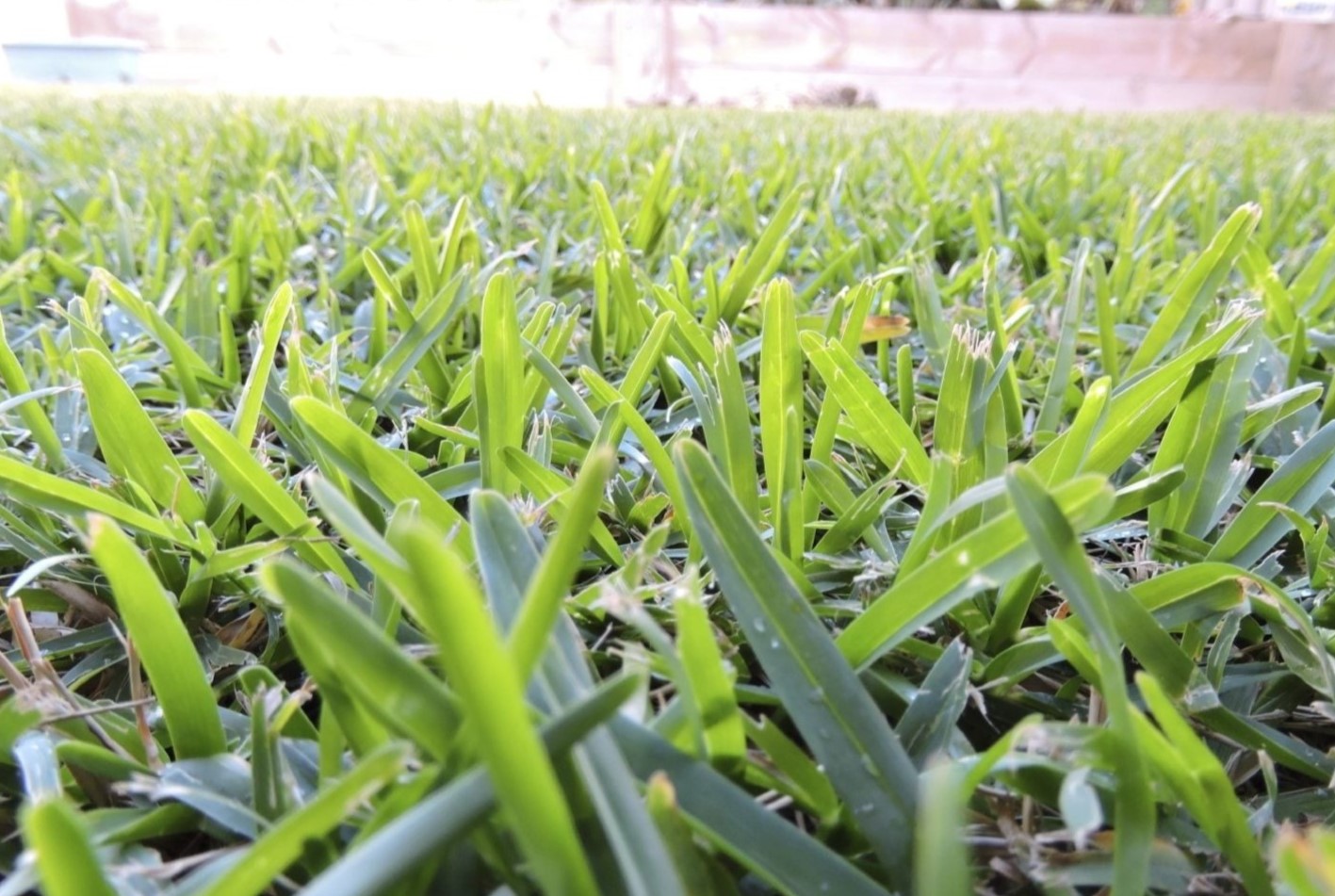

0 thoughts on “How To Help Bermuda Grass Spread”